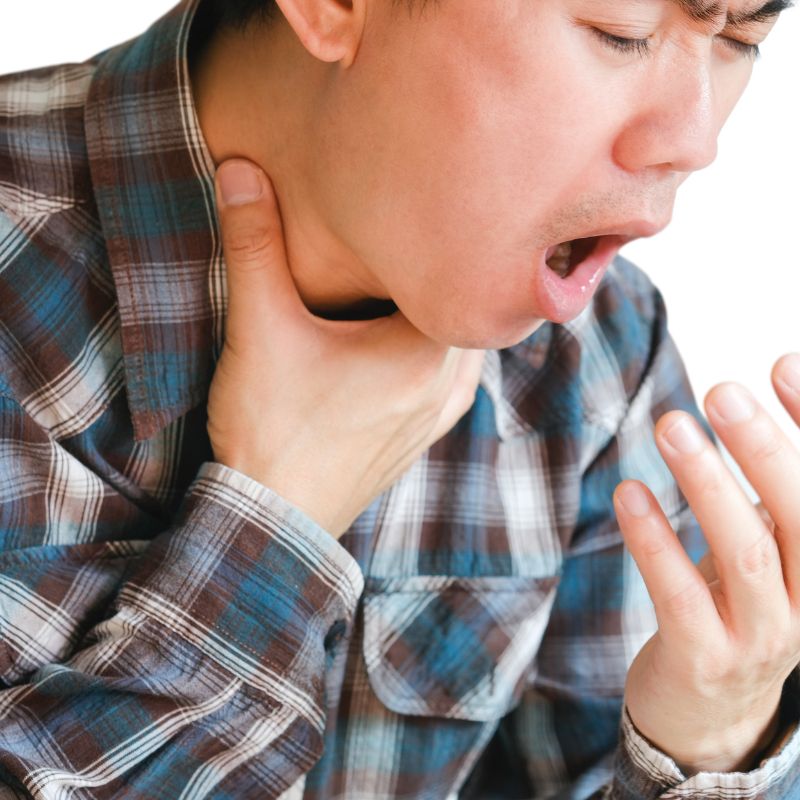
Choking
A person is said to be choking if he gets food or any other material lodged into the air passage in the throat.
When choking occurs, a material such as a foreign object may cover the windpipe and restrict air going to the lungs. As a result, several actions may evolve, leading to dire consequences in the worst cases.
Causes of suffocation
The leading cause of suffocation among adults is food, while in children, it could be food or any other small item.
Classification of the degree of suffocation
Obstructing the airway and leading to suffocation is broadly categorized into mild and severe. Regardless of the degree, the approach to treatment is to remove the object obstructing airflow as soon as possible to ease the suffocating person.
The difference between partial and complete suffocation
A medical condition that is of high concern is Suffocation. There are differences, though, in their clinical features, which can be categorized into Partial and Complete suffocation.
An individual is partially choking when he can take a short breath. He might end up wheezing or coughing. But when he is ‘a complete choke,’ he is unable to breathe out any air, making it impossible for him to cough or talk. He does so because his trachea is completely blocked.
Signs of partial suffocation
As the previous explanation, respiration is difficult due to some blockage of breath, which can cause chest tightness, which is a sign of Partial suffocation. At this point, the person may be able to breathe normally with no apparent signs of distress, but there is a lack of air. So because of that lack of air, we can see the supraclavicular fossa, intercostal space, and suprasternal fossa, which will appear hollow. But if the cause of this block or tightness increases, more serious effects & consequences may come about.
What should I do if someone is partially suffocating?
If someone is partially choking, encourage them to keep coughing to help clear the obstruction. Monitor their condition closely, and if they become too weak to cough, seek medical attention immediately. Even if they seem fine afterward, it's advisable to consult a doctor to ensure everything is okay.
Signs of complete suffocation
- Dyspnea worsens: The patient may experience dyspnea, shortness of breath, and even inability to breathe effectively.
- Restlessness: Due to poor breathing, the patient may exhibit restlessness, struggle to sit up, have a mouth agape, and have a locked jaw.
- Brain tissue hypoxia: As hypoxia worsens, the patient may experience disorientation, lethargy, convulsions, or even coma.
- Abnormal vital signs: Abnormal heartbeat, fainting, etc., which in severe cases may lead to death.
What should you do if someone is completely choking?
Completely choking is a state that requires immediate medical assistance. Call for emergency services and proceed to give abdominal thrusts or do back blows in hopes of displacing the obstruction. If the person loses consciousness, gently place the person lying on the floor and check the mouth for an obstructing object. If no object is present, perform CPR if trained until help arrives or the individual resumes breathing.
Here's a complete plan for responding to complete choking:
1. Call Emergency Services: In case of choking, grab emergency services as soon as possible. 2. Perform Abdominal Thrusts (Heimlich Maneuver): Maneuver of Abdominal Thrusts or Heimlich Sing:Details for the proper execution of the Heimlich maneuver: Position yourself behind the person choking while considering your physical size about the size of the choking individual, and reach out to grab the suffocating individual’s waist. Move such that great pressure is applied to the lower abdomen by thrusting the fist hand placed above the belly button. With one hand, support the fist and pound the Montag’s abdomen until the artifact is dislodged and the victim can swallow, cough, or talk.
There will hardly be any cases of foreign substances present in an individual's airway that cannot be treated successfully through the Heimlich maneuver. If the patient has already inhaled a portion of food and has not been able to return to his senses, the best approach will be to call 911. Call any individual present at the location to provide assistance and begin CPR.
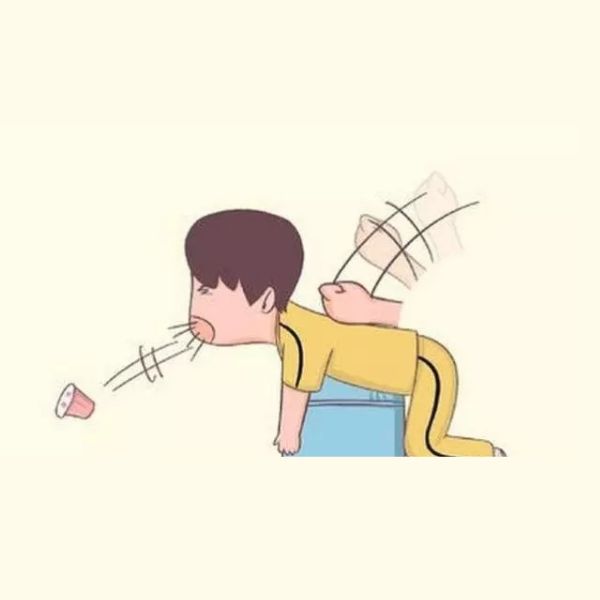
3. Administer Back Blows (if abdominal thrusts are not possible or ineffective):
- Shifting in a sideways position just behind the person who is Choking.
- While standing, place one of the hands on the patient's chest and have him bend slightly forward.
- With the palm of your other hand, deliver 4 to 5 strong but firm blows between the shoulder blades.
4. If the Person Becomes Unconscious:
- Gently cradle them down to the ground.
- If ye,s proceed to emergency services.
- One hand should be in the mouth to check for contraindications to the operation performed, and if possible, it should be removed.
- Commence CPR (if trained) with an emphasis on chest compression, assisted ventilation, or mouth-to-mouth breathing till help reaches or the patient regains consciousness.
5. Monitor and Support:
- Further monitoring of the person's condition should be done.
- Reassurance and support should be repeatedly provided until the patient is in a choked condition and professional help is available
People are advised to avoid any situations or incidents that can lead to difficult breathing or stop them from getting oxygen, as this can result in death. Such phenomena are known as respiratory arrest. Seating persons on windows shall be alert since the lungs are crucial for oxygen and carbon dioxide exchange. Failing to do so will not only make a brain unresponsive but can also lead to severe damage followed by death. If appropriately managed, respiratory arrest can be avoidable.
Despite the above perhaps being ‘scary,’ one must stay determined not to be one of those ‘unresponsive’ people who cannot even breathe through their mouth while still holding a pulse. Every BLS rescuer should know whether they are responsible for the breath or vice versa.
SUGGESTIONS: Each time a foreign body prevents or stops tongue movement, he shall breathe multiple times. Firstly, don’t forget to remove such foreign objects from behind the throat, further aggravating the situation. If such items are found in someone’s mouth, remove them immediately. That must not be done with fingers as such action shall push the foreign object more profoundly into the airway, making the occasions aforementioned with apathy much more troublesome.
The most common cause of adult suffocation
The most common causes of adult suffocation include:
- Food-Induced Asphyxia: The Airway may be obstructed by large or badly chewed pieces of food that may be too large to consume.
- Suction of Small Items: Inhaling small items such as toys or other things may threaten the airway.
- Intoxication: An altered mental state can diminish the ability to chew and swallow efficiently.
- Severe Allergies: Critical levels of allergic reaction may induce throat edema, restricting respiration.
- Asthma or other pulmonary diseases: Air diffusion may be compromised by a strong asthma attack or other illnesses.
- Neck or Throat Injury: Any high trauma to the neck or throat may also cause swelling, which may, in turn, block the airway.
- Suffocation: Too much external force applied to the neck may result in insufficient oxygen supply.
Preventive measure
- Chew Food With Care: Small bites should be taken, and food should be chewed completely before swallowing.
- Avoid Talking During Meals: Concentrate on meals to mitigate the risk of aspirating food.
- Control Your Use of Alcohol and Drugs: Limit use since it relaxes swallowing reflexes.
- Do Not Leave Any Small Toys Unattended: Keep small objects away to minimize the chance of aspiration.
- Be Mindful About Allergies: Know that allergies can be serious problems and refrain from them.
- Put Up Safety Devices: Mount smoke and carbon monoxide detectors so that inhalation of such gases is checked.
- Opt For First Aid Training: Enroll in a first aid training course to know how to react when someone chokes.
Explanation of breathing techniques
How can first aid breathing be provided without protective equipment?
Transferring oxygen to the lungs that aren’t working is achieved through mouth-to-mouth primero. Techniques of mouth-to-mouth together with face mask resuscitation for both adults and children are as follows:
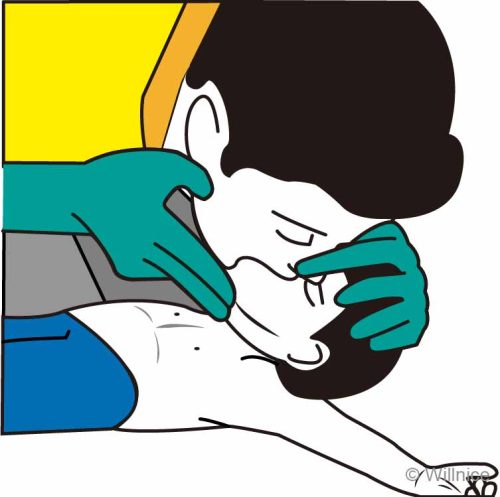
(The head should be extended backward, and the chin should be thrust to open the patient's airway).
- Tilt the head backward and lift the exerted chin to access the patient's airway.
- To keep the nostrils closed, employ your thumb and index finger (Use the hand resting on the forehead).
- Once your mouth is sealed on the patient's lips (without slapping), breathe normally as if there were no need for a deep air intake.
- Make artificial inspiration last for a second each duration. After giving the patient life with one breath, see if oxygen is absorbed when the lungs expand. (In case of absence of such a response, use the chin lift maneuver again.)
- Make the second artificial respiration (approximately one second) and check if heaving a chest can be observed.
- If either attempt fails, stop the procedure immediately and head directly towards chest compressions.
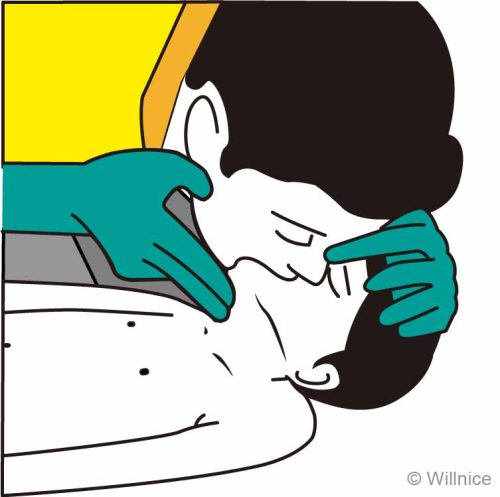
Infant Resuscitation (commonly using mouth-to-mouth)
The technique of infant resuscitation: The technique of infant resuscitation includes the mouth-to-mouth-to-nose technique. It includes different steps, which are highlighted below.
Owoduni-Sharp technique (Also Nose): This applies to children above the age of 7 and the Mouth-to-Mouth Kiss Technique if the child is 3 years old or older. The head should be tilted, and the chin raised while breathing air into the mouth so that the nose does not obstruct the breathing. Air is blown into the mouth or the nose of the child to prevent leakage of air at any part of the lips, securing a seal. One looks and does not push a chest back down. If there’s no inverse reaction, breathe in until the nose clears.
If the first aid breath is administered too fast or forcefully, air may bypass the lungs and go straight into the stomach, contributing to gastric distension.
Mouth-to-mouth ventilation during resuscitation frequently results in gastric inflation, which can be a significant problem. Such inflation can be minimized if the rescuer tries not to over-ventilate. However, as long as high-quality CPR is practiced, stomach inflation may occur even when properly given rescue breath. To minimize the risk of stomach inflation, we should try to do the following: For each rescue breath, aim for respiration that lasts one second and only gives as much air as is needed to allow the chest to rise.
References:
-
Mayo Clinic: Choking First Aid—This source offers detailed steps for performing first aid on a choking person, including back blows and abdominal thrusts.
-
American Red Cross: Adult & Child Choking - The Red Cross provides guidelines on assisting choking adults and children, emphasizing the importance of positioning and back blows.
-
Johns Hopkins Medicine: Choking First Aid and Prevention - This source outlines the recommended actions for dealing with choking in adults and children, including using abdominal thrusts.
Related stories:



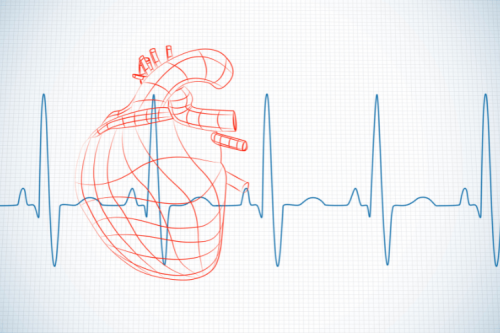

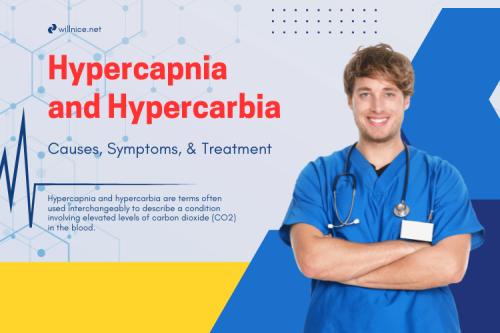
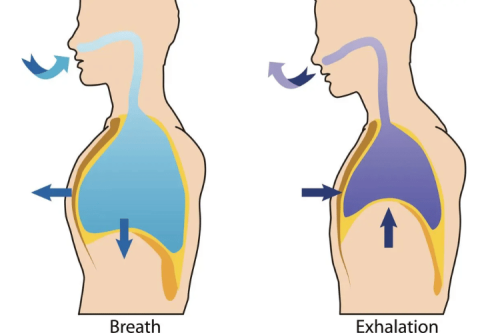
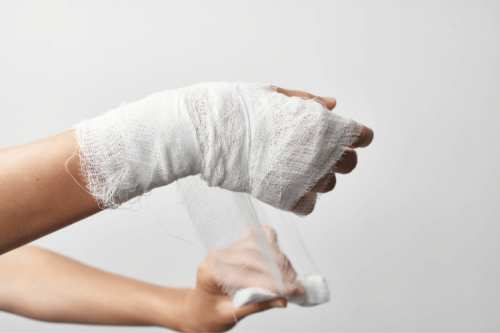
 Login with Google
Login with Google Login with Facebook
Login with Facebook